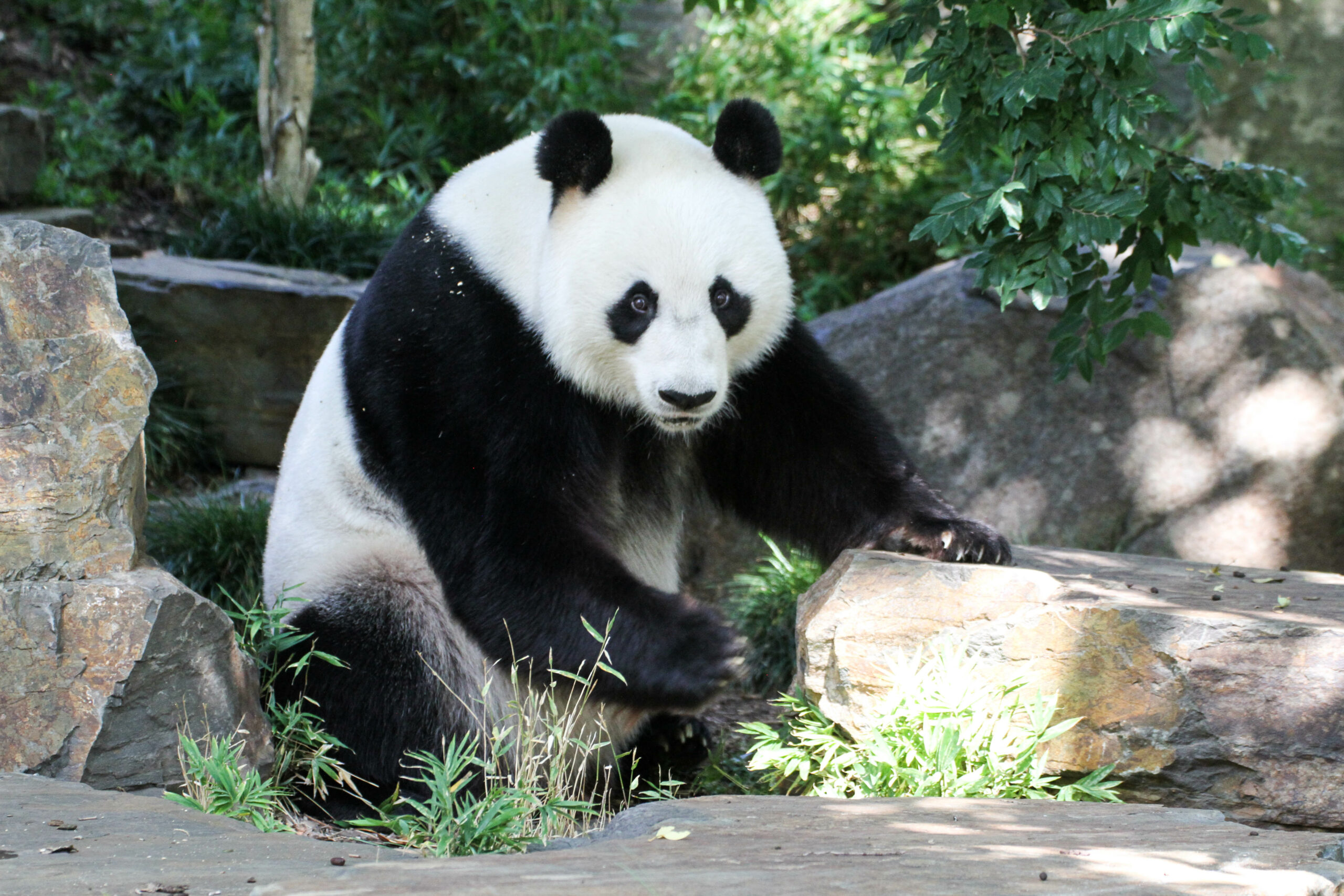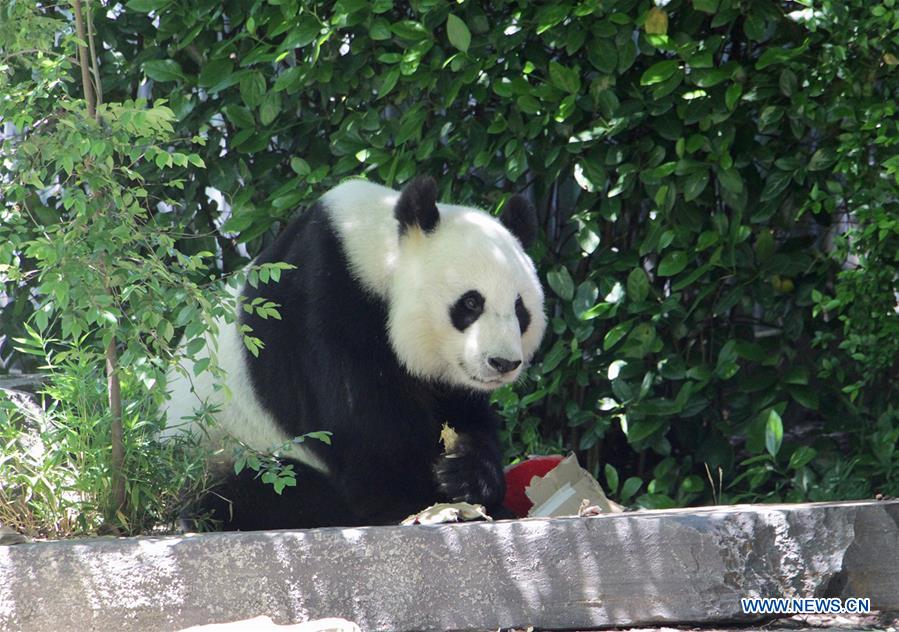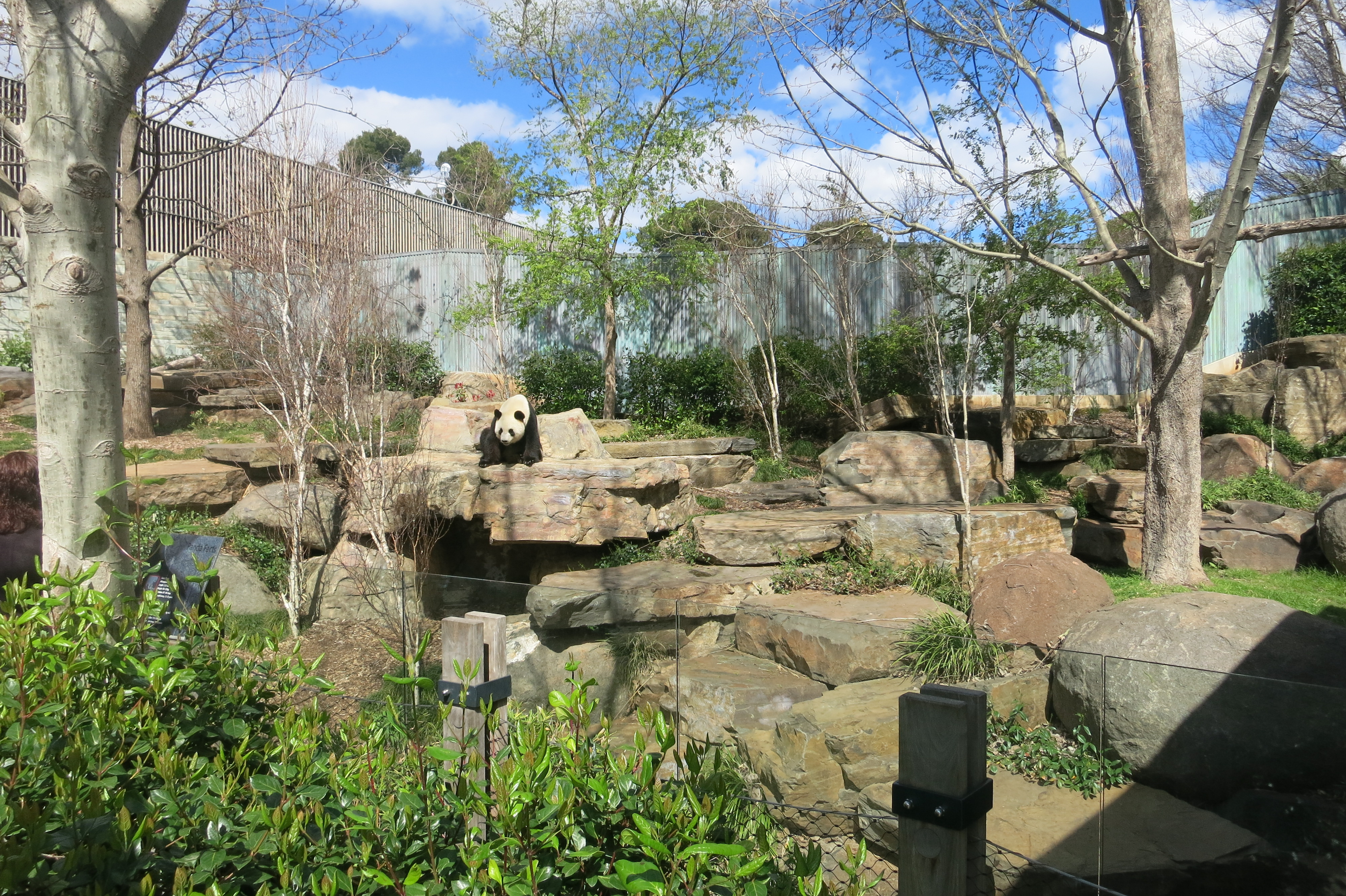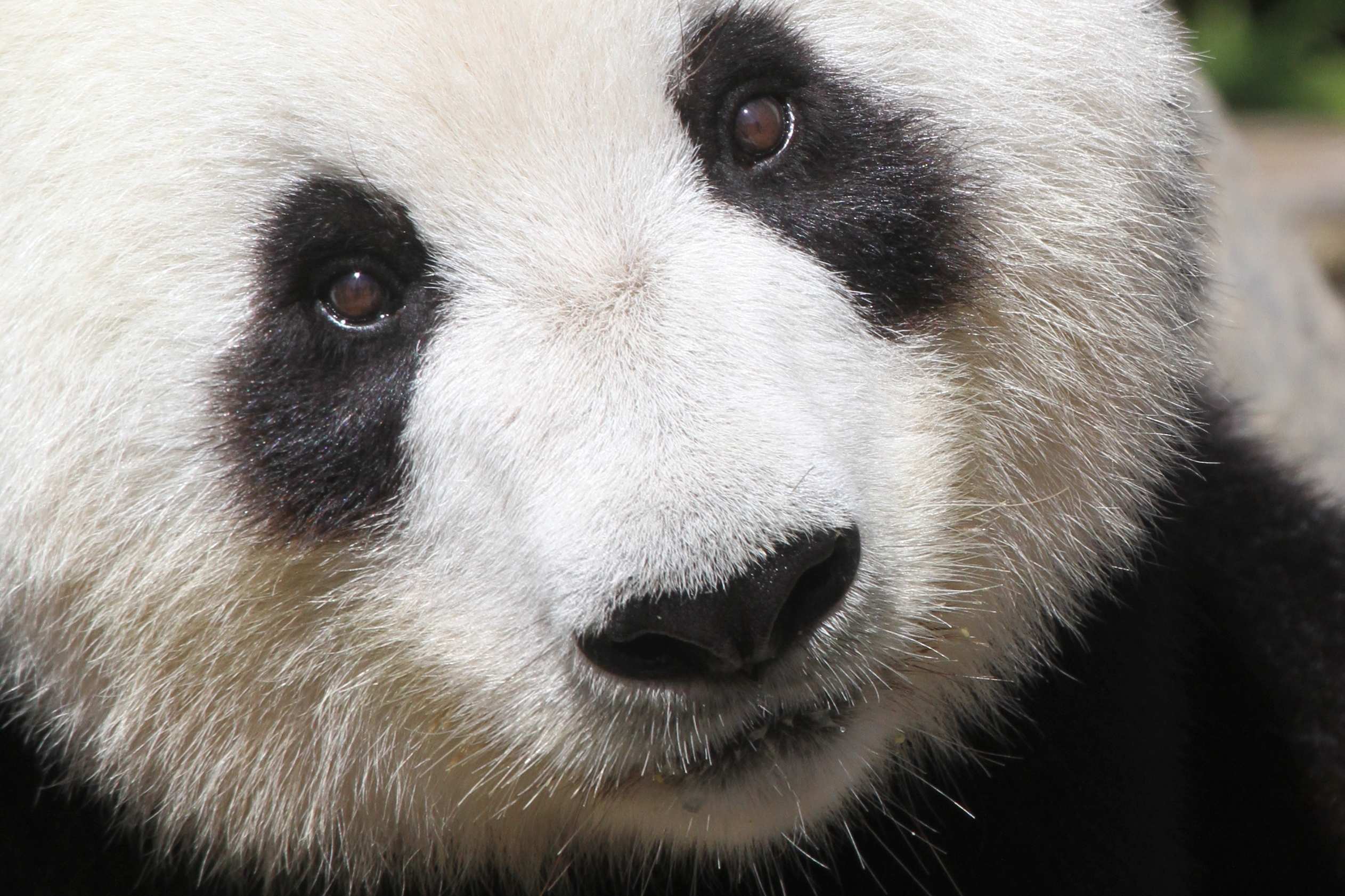Panda Mating Research Trip for Adelaide Zoo Keepers
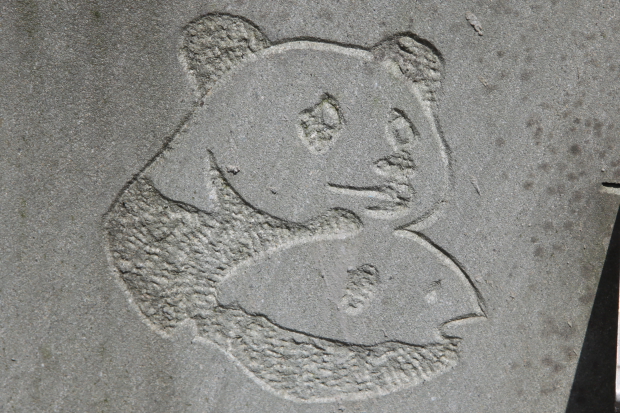
Adelaide Zoo senior keepers left for China on April 4 to learn more about the Panda mating process, as the only Giant Pandas in the Southern Hemisphere, Wang Wang and Funi, near their first potential breeding season.
Senior Panda Keeper Simone Davey, and Assistant Curator Jason Hakof, will spend two weeks at the Bifengxia Panda Base near Ya’an, learning ways to maximise the chances of successful panda matings.
It will be Mrs Davey’s second trip to China to work with pandas, the first time being in 2009 when she travelled there to bring Wang Wang and Funi back to their new home in Australia.
“This is a really exciting opportunity to be in China during the Northern Hemisphere mating season and to witness first hand some of the techniques the Chinese use to encourage panda mating,” Mrs Davey said.
“It’s very important we learn the behavioural signs that the female exhibits during the breeding season to show she is ready to be introduced to a male.
“There are also particular behaviours we need to be aware of that indicate if mating is taking place and these can be quite specific, such as simultaneous bleating from the male and female panda,” Mrs Davey said.
Zoos South Australia CEO Professor Chris West says it is a critical time because pandas are solitary animals and they will only be receptive to each other when the female is experiencing a full oestrous cycle.
“Funi is expected to reach maturity this year and we’re hopeful her first season will result in a successful mating,” Professor West said.
“We’d all like to see a panda cub at Adelaide Zoo in the near future for our visitors to enjoy, and most importantly, to contribute to the international breeding program of this unique and endangered species,” he said.
While pandas are a big drawcard at Adelaide Zoo, they are representative of a wide range of species which are struggling to exist in the wild.
Australian native species are among them and Zoos South Australia is involved in many conservation, breeding and research programs to help save these animals from extinction.
Source: www.giantpanda.org.au






